Coral Dial 18238 Rolex Day-Date
Fewer than 5 years ago, this was a 50K (USD) Day-Date. Today, this is a 200K Day-Date. It is a stone dial, but not one you’re likely to see ever, known as coral. This is not to be confused with coral-red Stella dials, this is coral stone. The tones of coral can range from peach to vivid pink or red and are always veined. It is widely agreed to be the rarest of all normal production Rolex stone dials. It’s beautiful, impossible to find, and was worn famously by Austrian pianist Friedrich Gulda for many years. It’s elegant, possibly the most vivid stone dial ever made. But they don’t fill me with lust, they fill me with terror.

Let’s cut to the chase; there’s rumored to be a factory today producing forgery rare stone Day-Date dials including coral, allegedly somewhere where they like to eat a lot of risotto. And they’re pretty good at their fraud (it’s not just coral, but malachite and some of the rarer white metal combinations). This is a watch I wouldn’t buy without a fine-tooth comb, or loupe rather, inspection and ideally getting the dial out of the case. We all have Mr. Ku to thank for this becoming widespread knowledge. So, if you just mozy into an auction room with no prior gameplan or inspection, this is not the one to bid on. Very, very few of these exist, although as if by magic they’re becoming more and more frequently seen at auction now. Cue raised eyebrows. So little is known that no one seems to be able to definitely confirm that this dial is actually made of coral. Most believe it is (one person I queried was adamant it is not, so I guess ask Rolex), and some speculate that the reason so few exist is that it proved too fragile to ‘slice’ for such a wide diameter as the Day-Date. The amount we see offered in a cracked state would suggest this may be directionally accurate.

Fear-mongering aside, the actual material is beautiful and Rolex for absolute certain did make these dials in small numbers. Usually, they’ll appear as this richly saturated orange such as Gulda’s example, which was nicknamed the ‘Tangerine Dream’. While mostly this stone dial is found Day-Dates, there are also Midases (Midi?), Ladies Datejusts, and even the odd Cellini Pocket Watch with the same dial material. And they did exist with gold print too. But that’s actually all that we know. Rather amusingly, I will also add that it’s illegal in Florida (as well as some other countries) to own coral, so this may be the world’s only Day-Date that excludes Floridians. As if we needed another reason to like it. Seriously though, this is the black-belt level of stone dials. Don’t think you’ve ever found a steal here. Ask everyone you can if you’re about to buy one. But it might just be worth all that collaborative effort and pulling the dial out; look at it. Do your due diligence.

This example has a totally preserved dial, no hairlines or cracks, which is surprisingly uncommon. The vast majority of these have cracks. The originality and quality of the dial, however, is pretty impossible to judge from a distance so I’ll refrain from any comment here. The case is full and sharp, the bracelet has a lovely light oxidation which I quite like. The original caseback sticker is still on. It comes from a well-regarded (yes, I’m aware of the geographic irony given above article) Miami retailer.


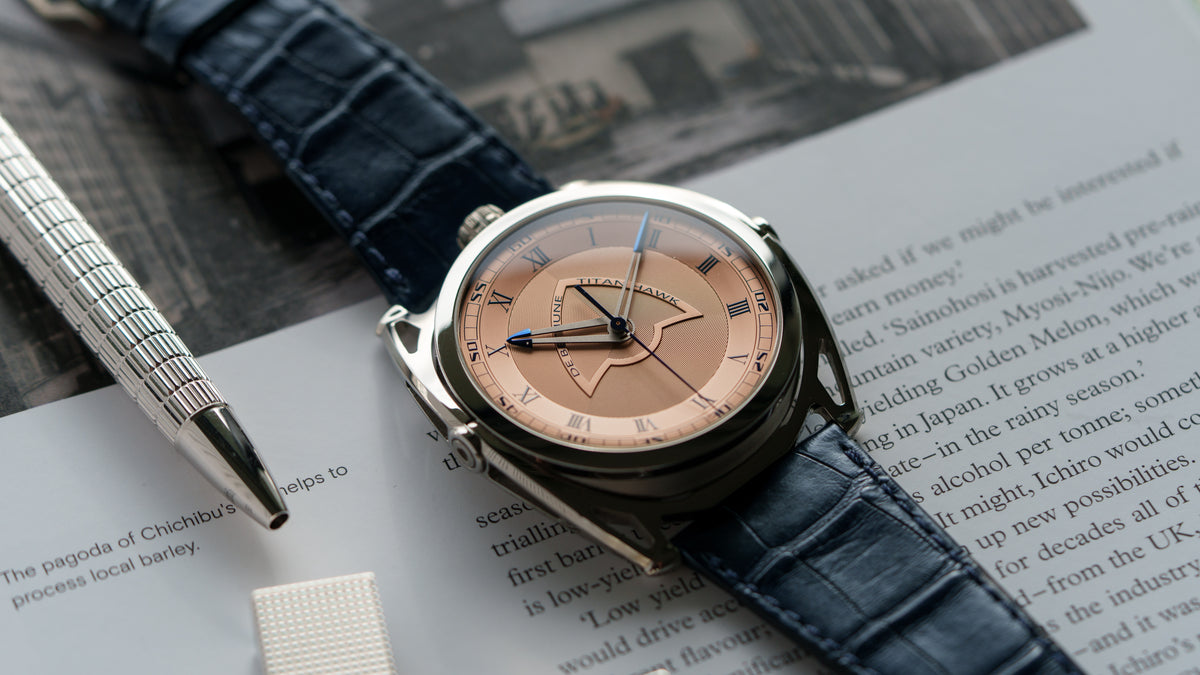
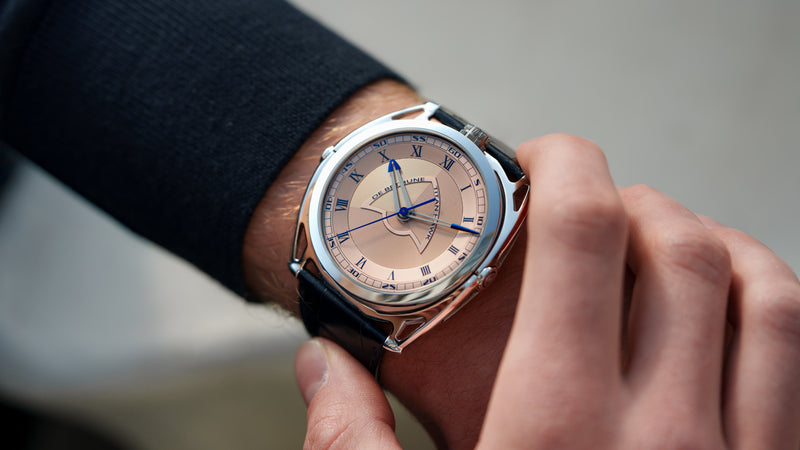




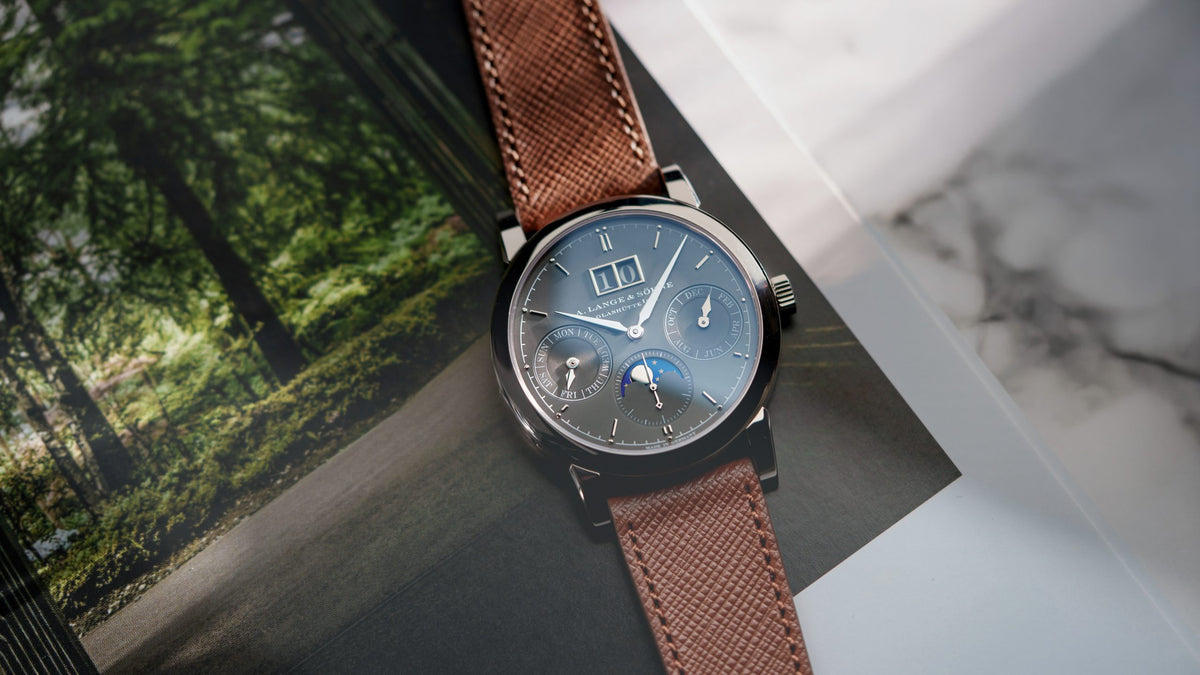
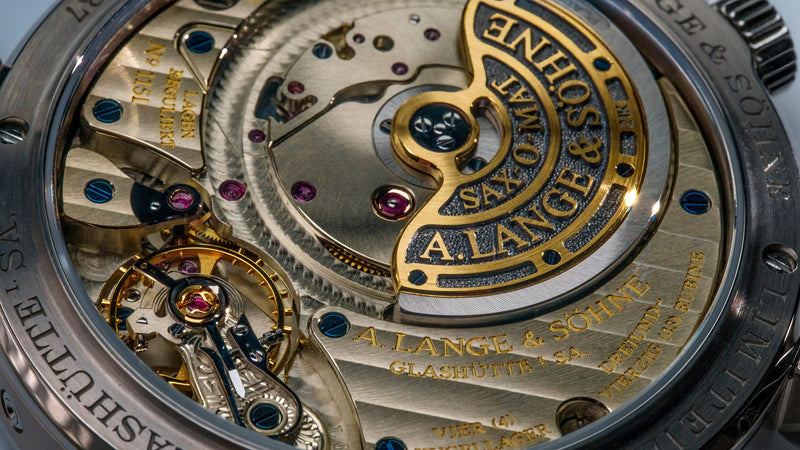
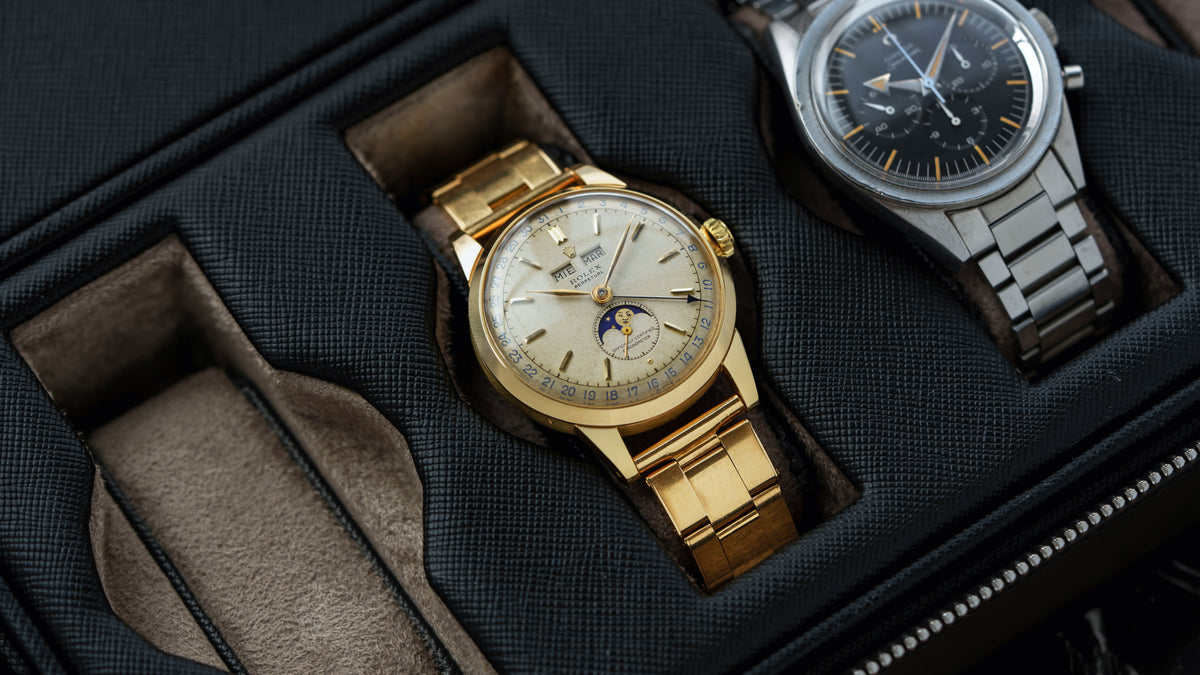
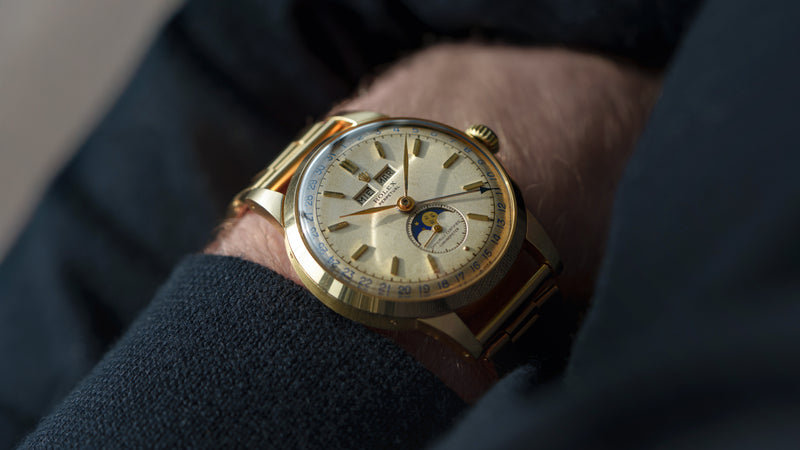
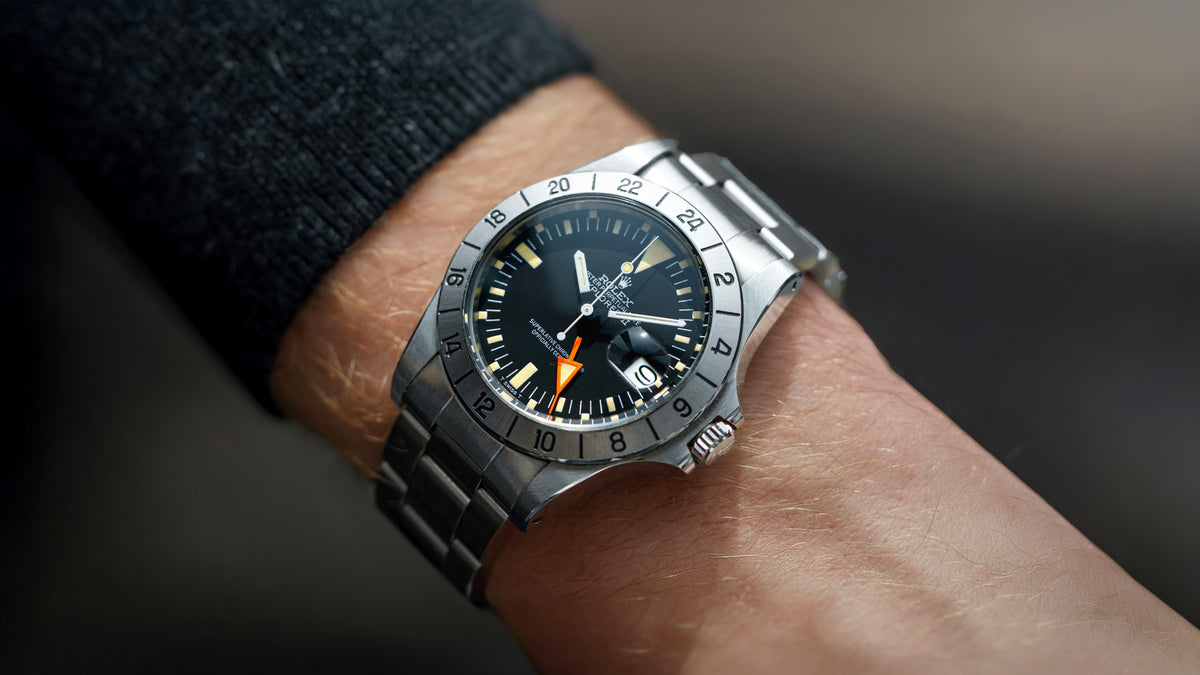
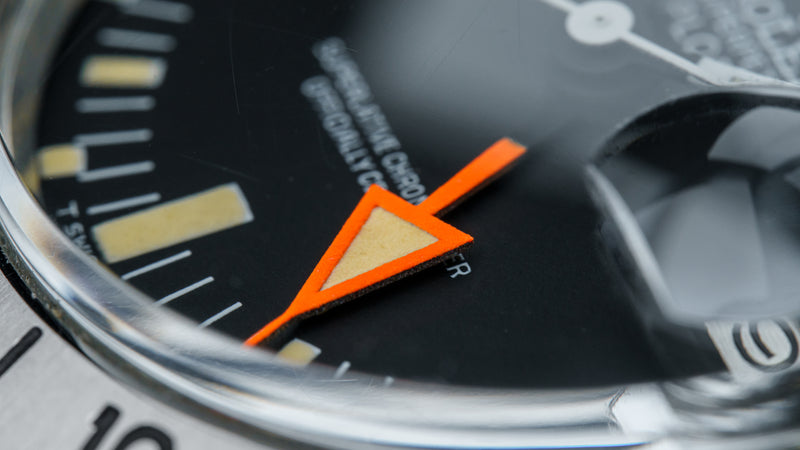
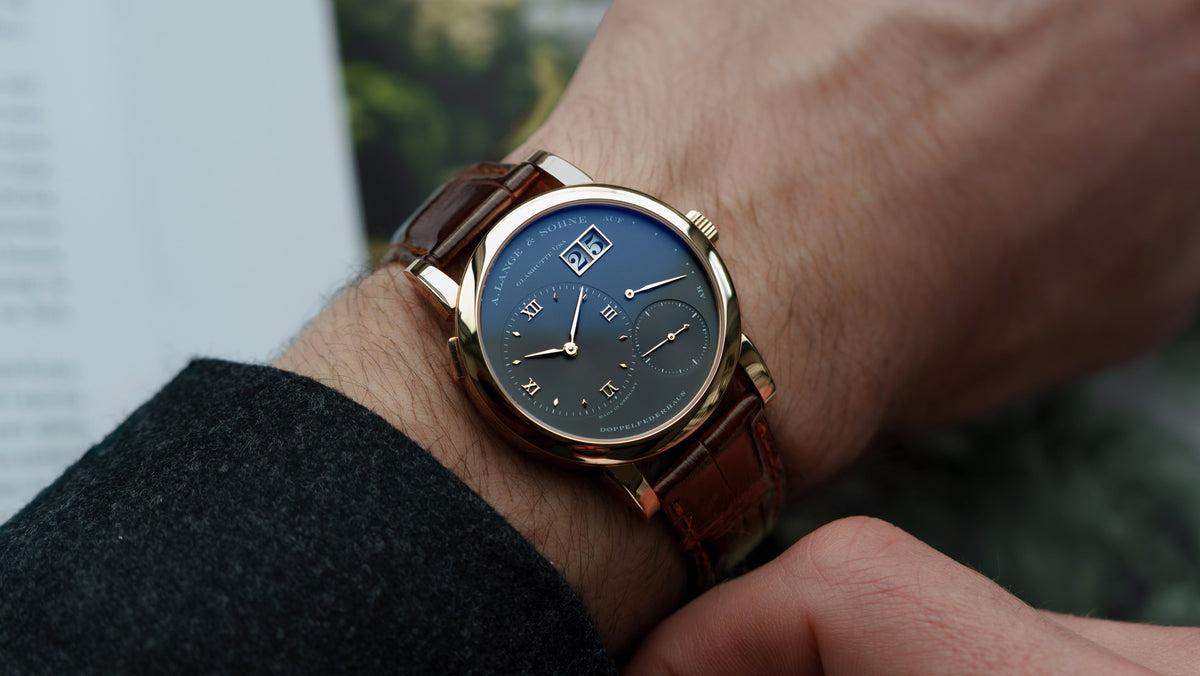
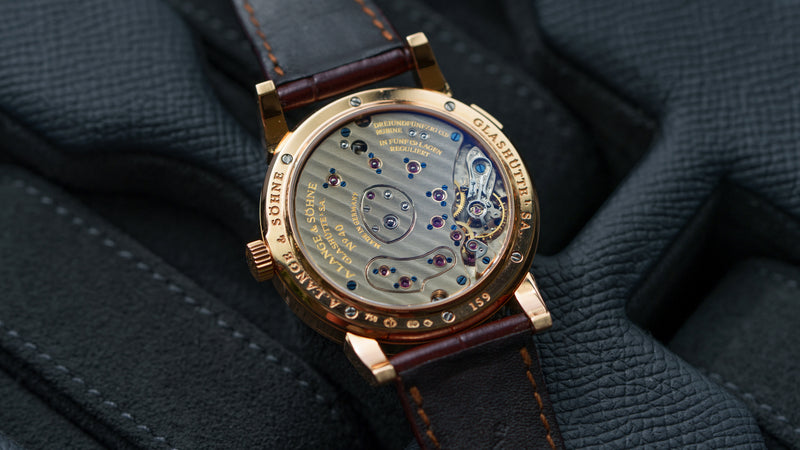

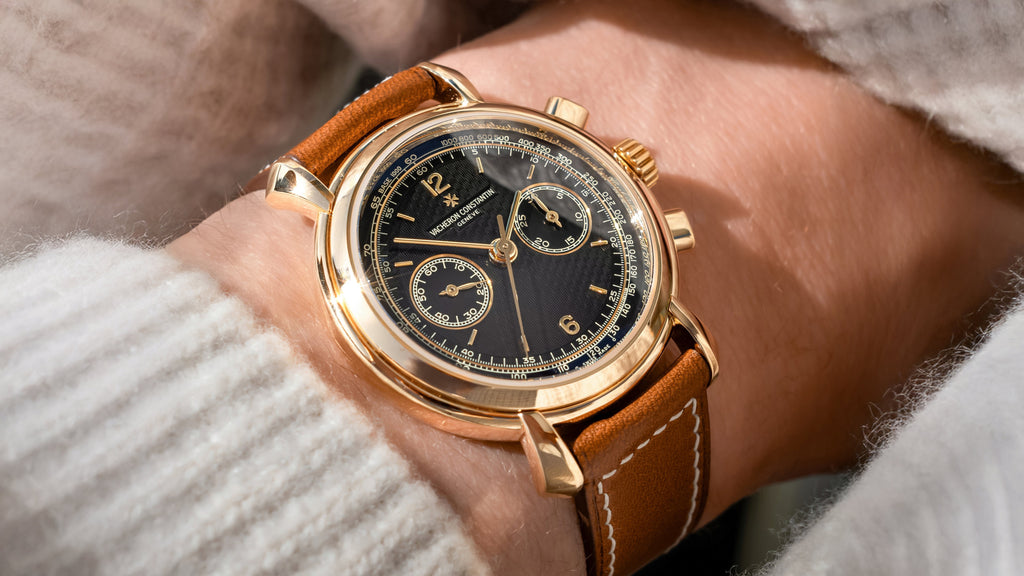
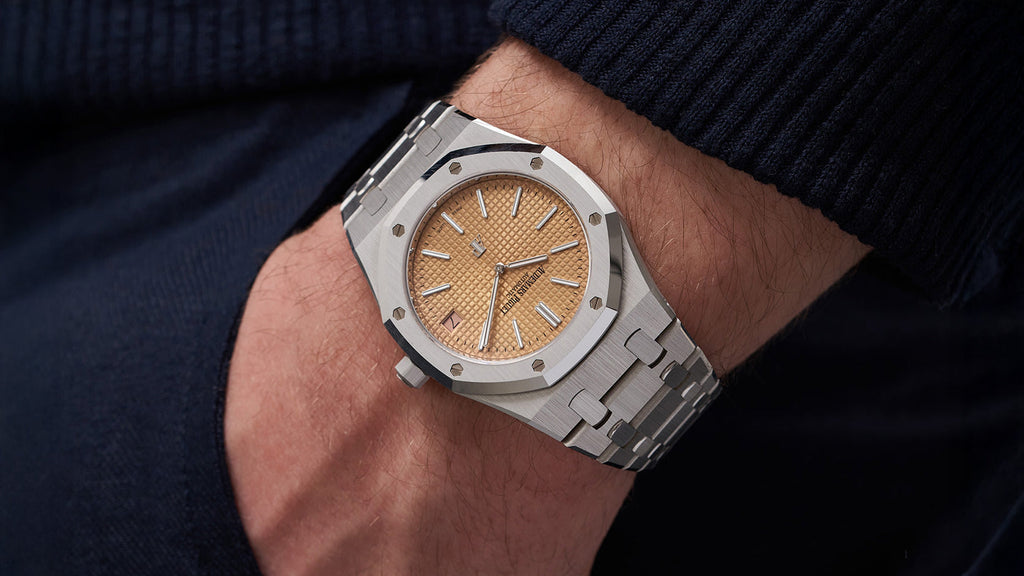

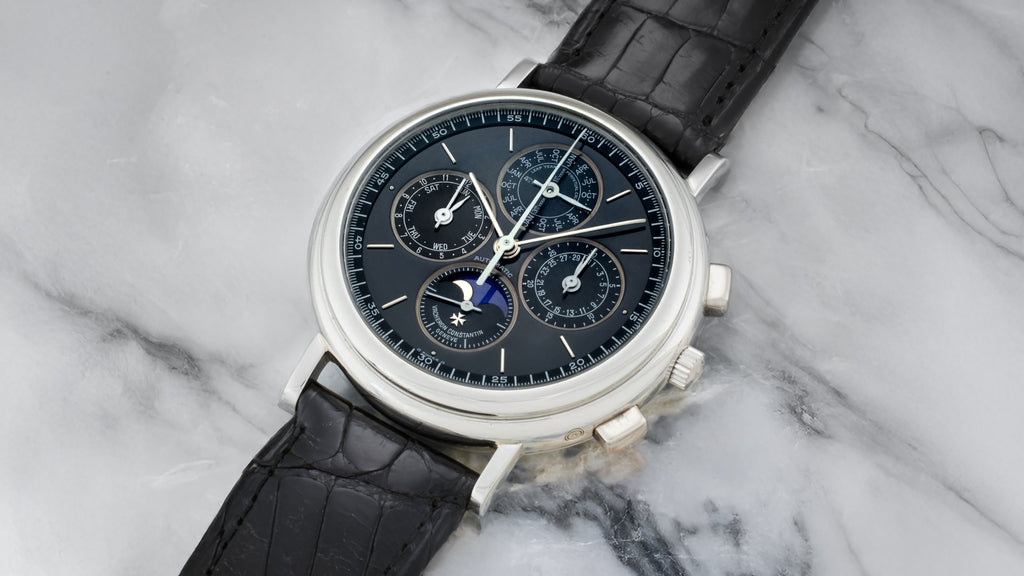
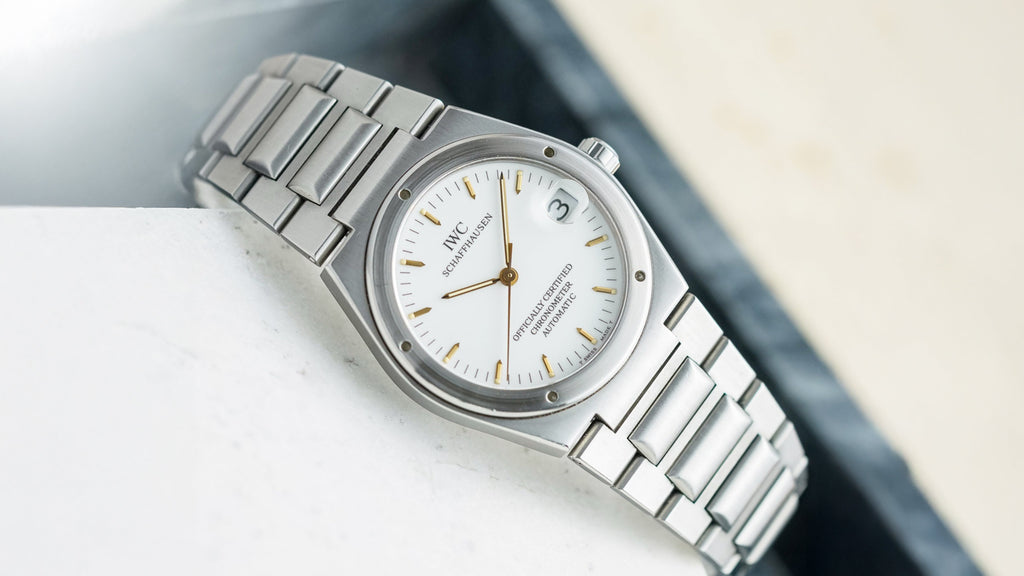



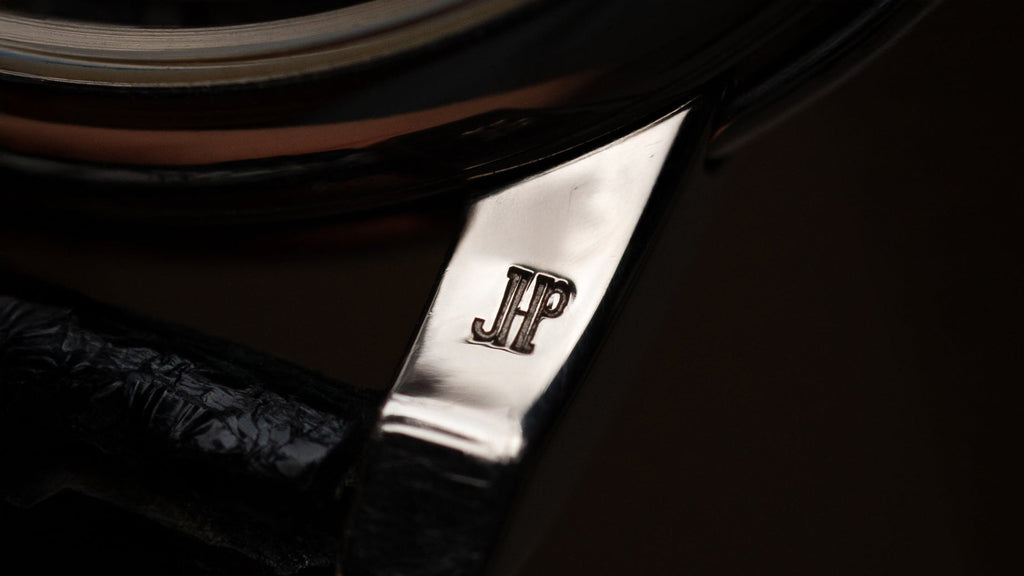
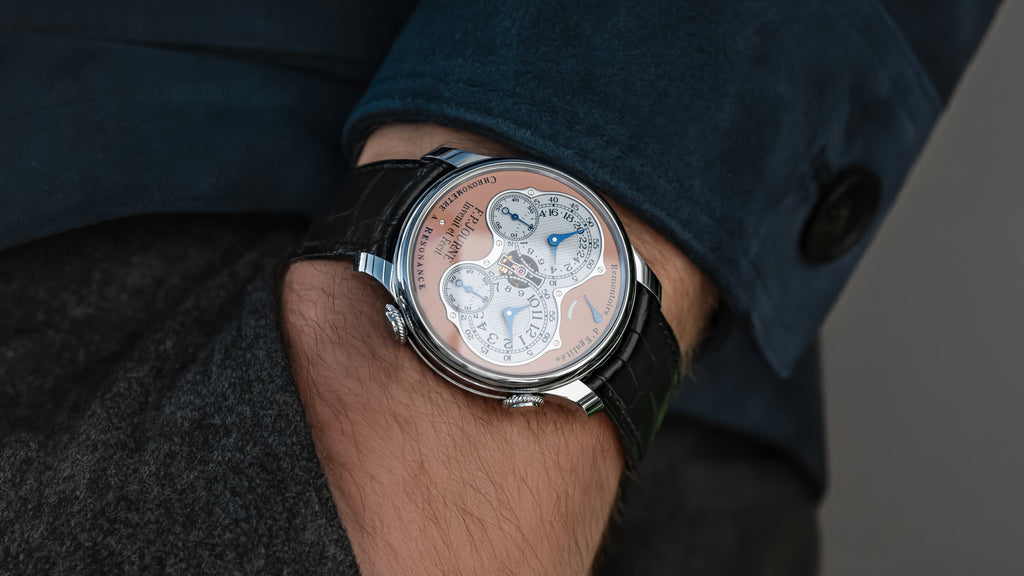
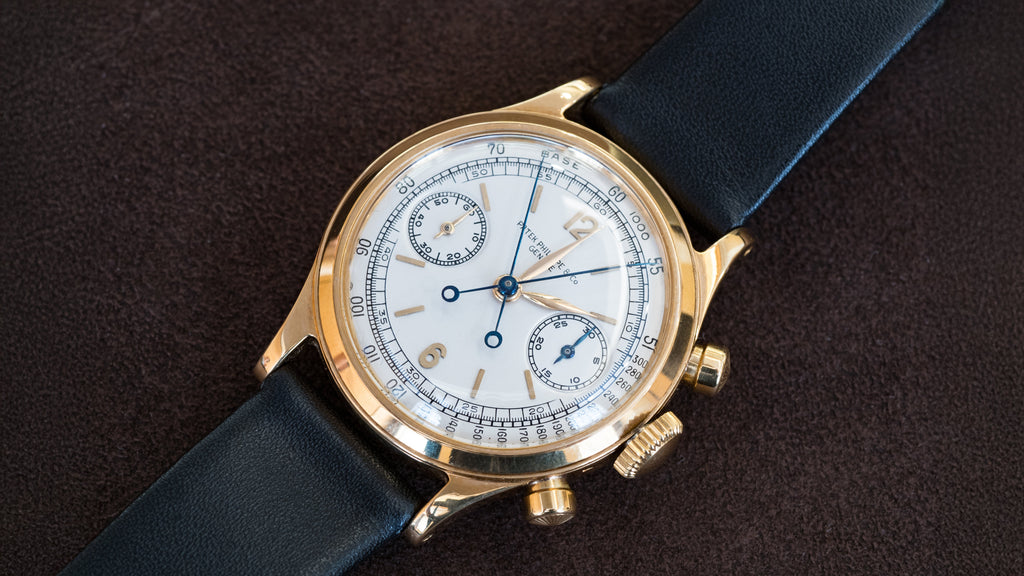


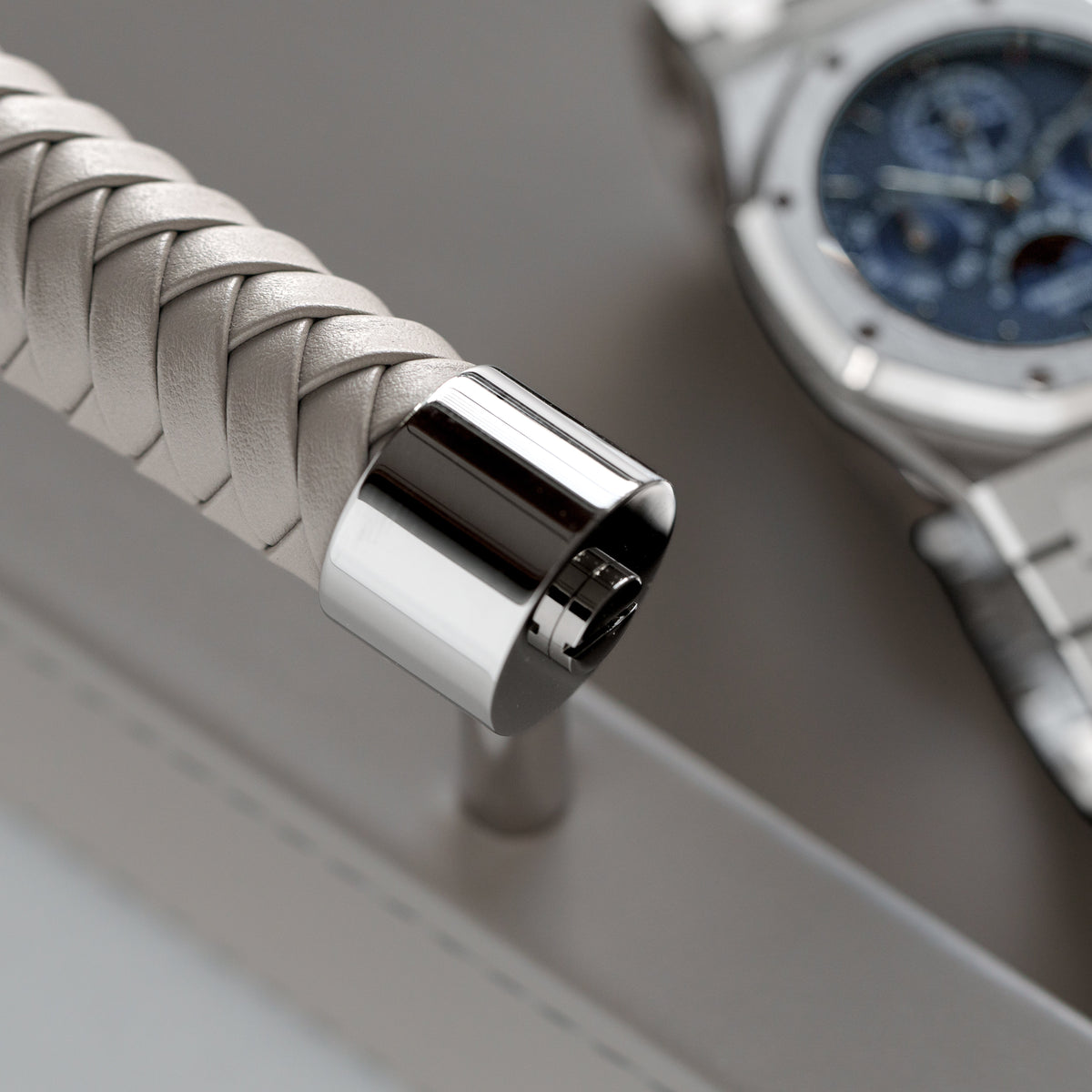







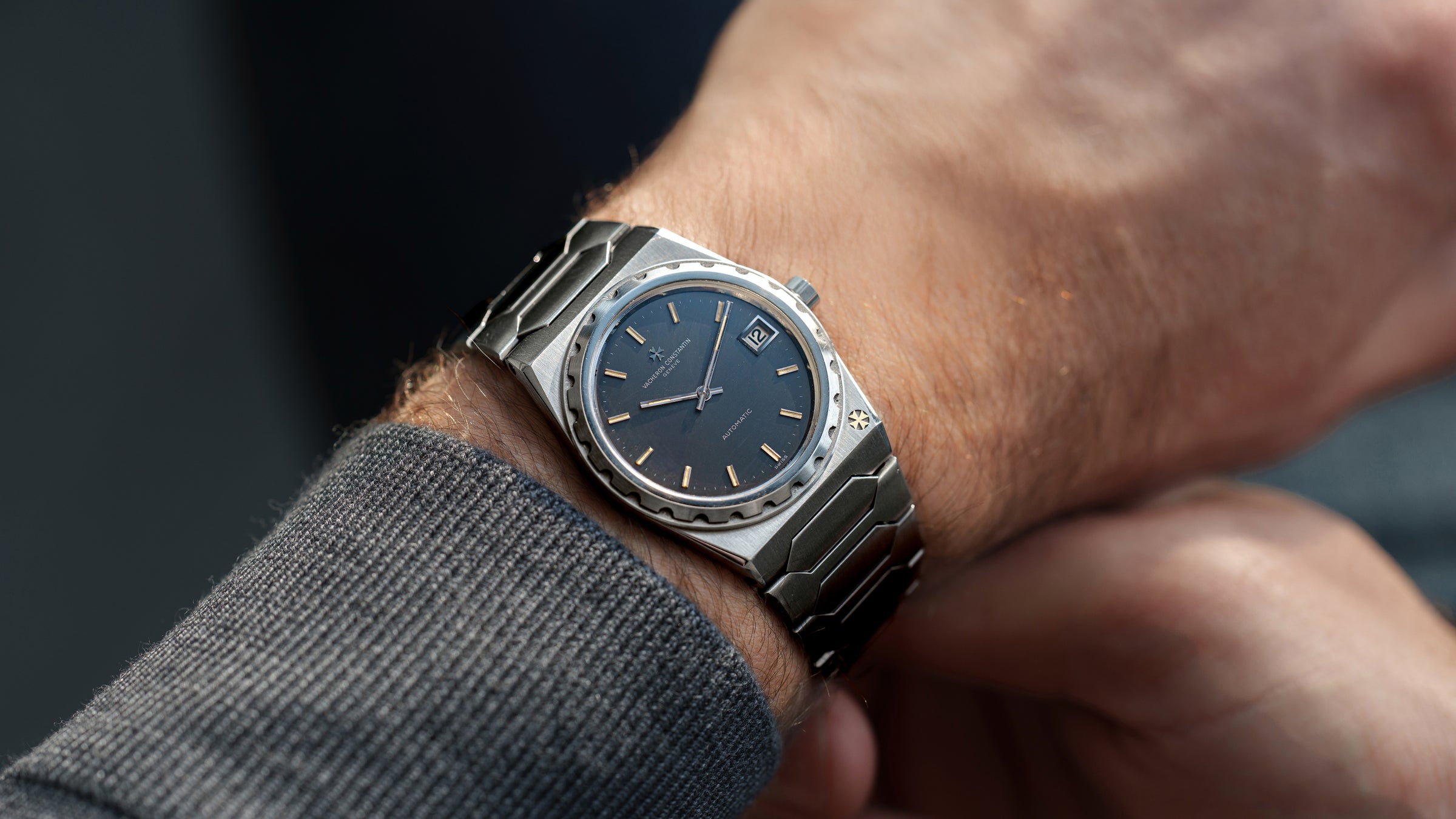
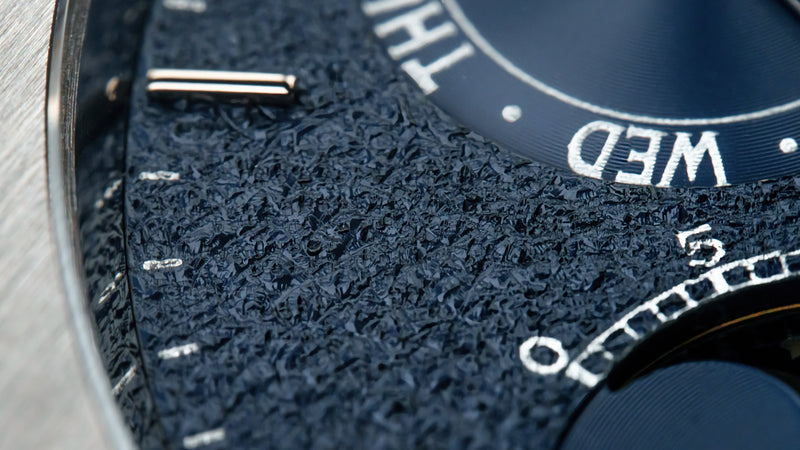

0 comments
Write a Comment